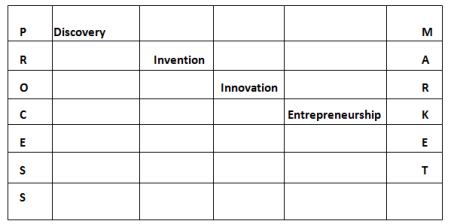- Customer Segments as an organization serves one or several customer segments.
- Value Propositions it seeks to solve customer problems and satisfy customer needs with value propositions.
- Channels value propositions are delivered to customers through communication, distribution and sales channels.
- Customer Relationships are established and maintained with each customer segment.
- Revenue Streams is the result from value propositions successfully offered to customers.
- Key Resources are the assets required to offer and deliver the previously described elements.
- Key Activities by performing a key number of key activities.
- Key Partnership some activities are out secured and same resources are acquired outside the enterprise.
- Cost Structure the business model elements result in the cost structure.
Customer Segments
The Customer Segments Building Block defines the different groups of people or organizations an enterprise aims to reach and serve.
Value Propositions
The Value Propositions Building Block describes the bundle of products and services that create value for a specific Customer Segment.
Channels
The Channels Building Block describes how a company communicates with and reaches its Customer Segments to deliver a Value Proposition.
Customer Relationships
The Customer Relationships Building Block describes the types of relationships a company establishes with specific Customer Segments.
Revenue Streams
The Revenue Streams Building Block represents the cash a company generates from each Customer Segment (costs must be subtracted from revenues to create earnings).
Key Resources
The Key Resources Building Block describes the most important assets required to make a business model work.
Key Activities
The Key Activities Building Block describes the most important things a company must do to make its business model work.
Key Partnerships
The Key Partnerships Building Block describes the network of suppliers and partners that make the business model work.
Cost Structure
The Cost Structure describes all costs incurred to operate a business model.
- Pattern
“Pattern in architecture is the idea of capturing architectural design ideas as archetypal and reusable descriptions.”
- Design
“Business people don’t just need to understand designers better; they need to become designers.” – Roger Martin, Dean, Rotman School of Management
- Strategy
“There’s not a single business model. There are really a lot of opportunities and a lot of options and we just have to discover all of them.” – Tim O’Reilly, CEO, O’Reilly
- Process – Outlook


